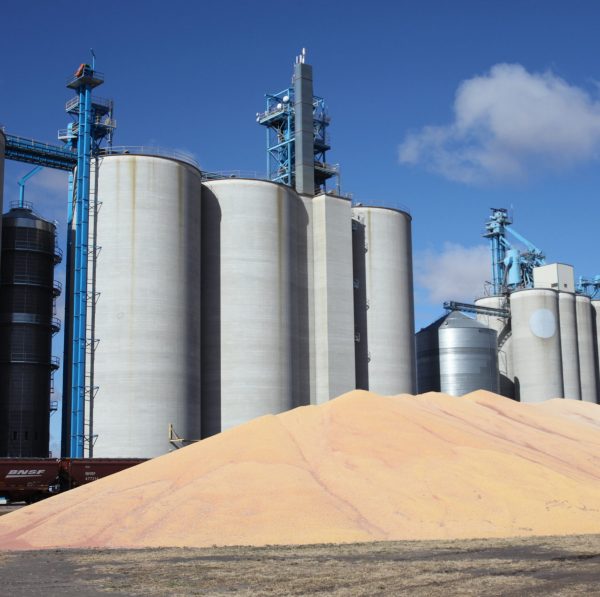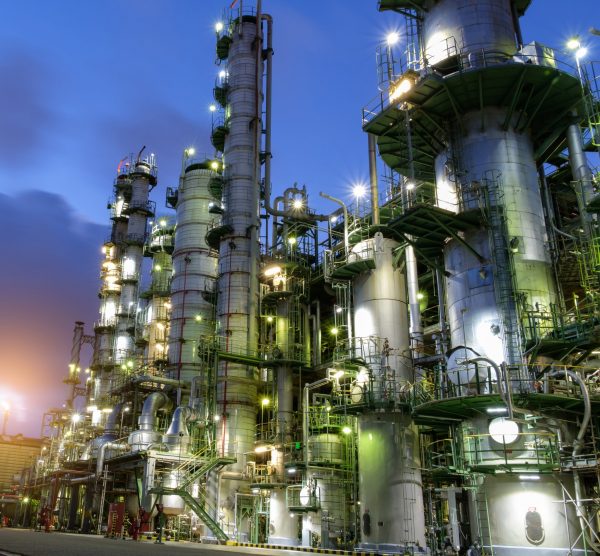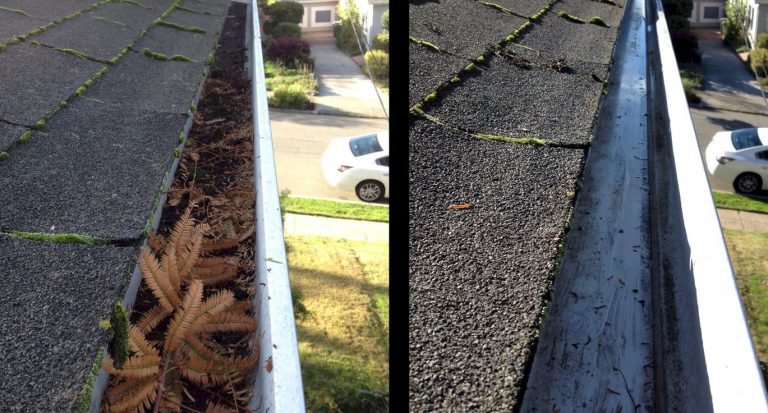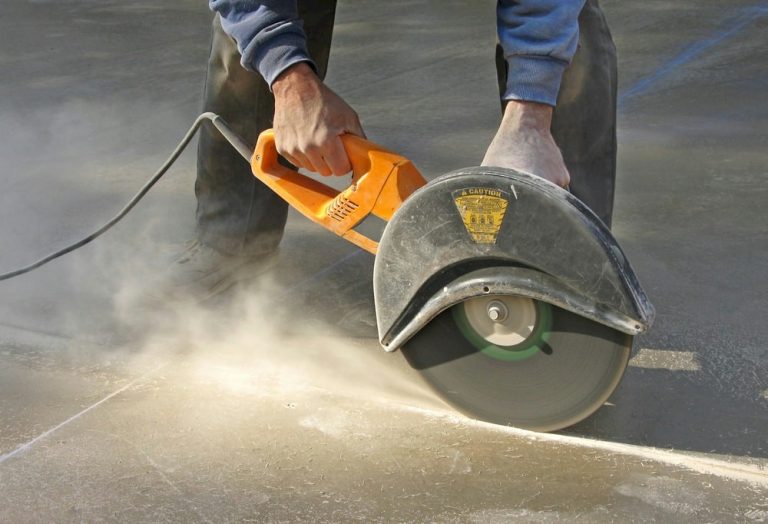When equipment is rated as ATEX, what does this mean?
ATEX is the name commonly given to the two European directives for controlling explosive atmospheres. ATEX lifting equipment can mean electric chain hoists, wire rope hoists and belt hoists, winches, trolleys and pneumatic lifting equipment, and can be referred to as spark proof or Ex equipment.
1) Directive 99/92/EC (also known as ‘ATEX 137’ or the ‘ATEX Workplace Directive’) on minimum requirements for improving the health and safety protection of workers potentially at risk from explosive atmospheres.
2) Directive 94/9/EC (also known as ‘ATEX 95’ or ‘the ATEX Equipment Directive’) on the approximation of the laws of Members States concerning equipment and protective systems intended for use in potentially explosive atmospheres.
Hazardous Gas, Vapour and Mist Environments: ATEX Zones 1 and 2
A good example of an Zone 1 or Zone 2 classified operation would be a chemical or petrochemical plant, where there is a heightened risk for explosion during the course of normal day to day operations. Within a hazardous gas environment an explosion can take place if a flammable substance, an oxidiser and a source of ignition are found simultaneously within the atmospheric air. The absence of any one of these three elements would stop an explosion from occurring, and that is why through continued innovation and increased focus on safety the lifting equipment industry is able to offer a broad range of explosion proof and spark proof hoists, winches and trolleys, etc. specifically for safe use in these hazardous environments.
Zone 1 is an area that is classified ‘as a place in which an explosive atmosphere consisting of a mixture with air or flammable substances in the form of gas, vapours and mists is likely to occur occasionally during normal operation’, whereas Zone 2 is an area that is classified ‘as a place in which an explosive atmosphere consisting of a mixture with air or flammable substances in the form of gas, vapours and mists is not likely to occur in normal operation but if it does occur, it will be present for a short period of time only’.

Hazardous Dust Environments: ATEX Zones 21 and 22
ATEX Zones 21 and 22 are specific to hazardous dust environments, like can be found in the food industry in, for example, a flour mill where explosible dusts are often present. Some examples of explosible dusts within the food industry alongside flour are custard powder, instant coffee, sugar, dried milk, potato powder and soup powder as a solid substance that is finely ground may ignite more readily or a lower energy. The risk within the food industry with hazardous gas environments is that if any combustible substance is mixed or suspended in air at the correct concentrations and contained in a vessel or building when ignition occurs, then the result can be a violent explosion.
In a hazardous dust environment, an Zone 21 is classified as an area that is classified ‘as a place in which an explosive atmosphere in the form of a cloud of combustible dust in the air is likely to occur occasionally during normal operation’ whereas an Zone 22 is classified as ‘a place in which an explosive atmosphere in the form of a cloud of combustible dust in the air is not likely to occur in normal operation but if it does occur, it will be present for a short period of time only’. Within any ATEX rated zone there is significant importance placed on safety and the necessity of spark proof/explosion proof hoists and lifting equipment is paramount.
More about Atex Zoning here.





